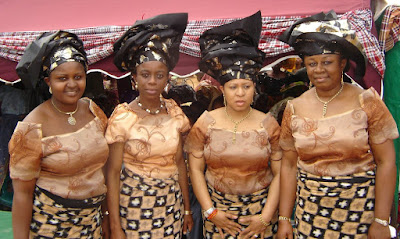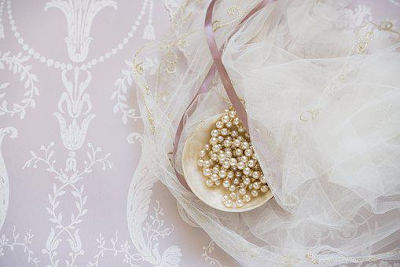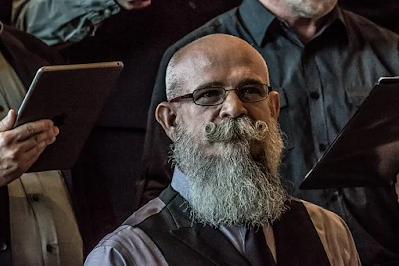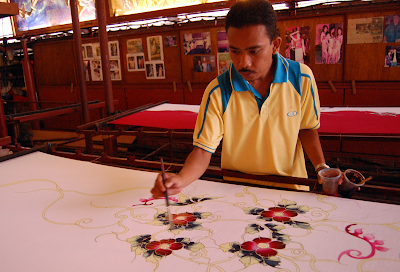Featured
- Get link
- X
- Other Apps
AFRICAN AMERICAN DRESS
DRESS IN AFRICAN AMERICAN STYLE.
The history of Africans who came in the Virginia colony in 1619 is intertwined with the fashion of African Americans.
Within that century, southern laws mandated that the offspring of any enslaved woman be kept slaves for the rest of their lives.
Unwilling West Africans continued to arrive until the 1830s.
In 1863, President Abraham Lincoln declared all enslaved peoples free; nevertheless, African Americans remained on the fringes of American society following the Civil War, with inadequate employment, inferior housing and educational circumstances, disenfranchisement, and public segregation.
A Supreme Court ruling almost a century later, in 1954, kicked off the integration process, and federal legislation in the 1960s granted African Americans equal rights.
Under slavery, white masters required that people in bondage dress a particular way: better for house servants and managers, and worse for field workers, children, and those too elderly to work.
Despite these constraints, formerly enslaved people's nineteenth-century autobiographies and memoirs gathered in the 1930s reveal that African Americans put a lot of care into their clothing.
The narrators focused on the clothing they had and didn't have, as well as the clothing trends they wanted and how they got them.
When “stepping out” for social events with community members, “proper” attire was particularly essential, a practice that persisted until the early 2000s.
Narrators painted vivid pictures of how to dress appropriately for church, dances, and weddings.
Some West African traditions of body ornamentation, especially in the form of jewelry, were preserved, according to evidence.
The bones of an adult female and a baby from the African Burial Ground (1712–1795) in New York City wore waistbeads like West African women.
Cowries, seashells of economic significance before African currencies were accessible and presumably worn as jewelry by the slaves, have been found in archaeological evidence from recognized slave locations.
Blue glass beads, used as amulets throughout most of Africa and the Middle East, are the most common beads discovered at these locations.
Former slaves gave testimonies of wearing jewelry for both decoration and protection.
Several Sea Islands narrators, for instance, mention solitary gold, loop earrings used to safeguard the vision, preservation of an African notion.
More remarkable as an African carryover than particular pieces of jewelry or clothes has been the interest in hairstyle and headgear among African American men and women.
Documentation demonstrating West Africans’ interest with well-groomed hair and adorned heads is ancient and continues among African Americans.
Black males continue to wear ever-changing types of facial hair and hairdos; the “conk” (straightened hair that is flattened down or slightly wavy) of the 1930s remains a prominent example.
And, until the early twenty-first century, African American males constantly wear some kind of headwear.
African American women also exhibit a significant interest in their hairstyles and headgear.
The slave tales describe different methods of arranging hair even under the most terrible circumstances.
Photographs of famous ladies following the Civil War show them sporting the beautiful, long, straight haircuts in general vogue at the time.
In 1906, this processing of the natural hair texture into straight hair expanded throughout the nation when Madame C. J. Walker started to sell her very lucrative hair solution for controlling African American women’s hair.
Black women frequently prefer to wear caps, particularly popular during church attendance.
With one exception, pictures from the eighteenth and nineteenth centuries, including nineteenth-century photos, of African Americans show them wearing clothing acceptable in mainstream society.
The exception is the African American woman’s headwrap, the oldest surviving particular clothing piece of any immigrant group used in the early 2000s.
But over time, its meaning altered.
In the antebellum South, many states officially enforced the rule that required black women to wear a cloth head covering in public and not the hats and feathers used by white women.
As a result of these rules, some ladies were labeled as submissive.
Women who were enslaved used the head wrap to keep their hair clean and absorb sweat while laboring in harsh circumstances.
After the Civil War, the head wrap was still worn at home, but it was no longer worn in public.
The head wrap took on new connotations throughout the civil rights movement of the 1960s and 1970s.
Young African American women donned ornate head wraps again, this time in public, to honor their enslaved ancestors and to pay homage to Africa and the way West African women decorate their heads.
Along with the head wrap, other young black revolutionaries wore what they believed to be West African garb, such as caftans and male head caps, during the civil rights struggle.
In response to conks and Walker's straightening treatments that tried to imitate European hair, men and women grew their hair into massive styles known as "Afros," enabling the natural texture to be highlighted.
Since the 1960s, some black males have worn Rasta locks, while black women's hair has been elaborately braided into ornate African designs, sometimes with the addition of hairpieces.
African Americans have usually followed the same fashion trends as the rest of the country.
Early black priests are shown in portraits.
Slave narrative frontispieces, on the other hand, depict the author in either slave garb or properly clothed as a liberated person, the decision indicating the author's feelings about his or her position in society.
Following the advent of photography, photographs of prominent leaders such as Frederick Douglass and Booker T.
Washington have always shown them dressed in formal, gentleman's attire.
Between 1895 and 1925, black intellectuals, literati, and artists worked hard to distinguish themselves from whites' racist stereotyped cartoon depictions of "Mammys" and "Sambos."
In several depictions, the "New Negroes" are groomed and dressed in conventional, mainstream attire.
Despite the fact that African Americans wore the dominant cultural clothing of the time, their style frequently distinguishes them distinct.
For example, before to liberation, visitors' descriptions of the South characterize African Americans' clothing as more showy and colorful than whites'.
Similarly, modern African Americans like to be properly dressed for most occasions and have not followed the white population's sartorial tendencies toward informal and even sloppy attire.
Until approximately 1950, most American styles were imported from Europe.
However, black fashions started to influence white American clothing, especially men's, as shown by the zoot suit of the 1940s, which was popularized by famous singers Billy Eckstein and Frank Sinatra.
Tennis shoes that were originally worn by professional African American athletes, particularly basketball players, were embraced by the broader, teenage population in the 1960s.
In the 1990s, white suburban kids started to wear hip-hop attire that had previously only been worn by young, urban black men.
And in the early twenty-first century, white men use the doo rag, which has been the inner-city hair tamer of African American men for decades.
African Americans have been a part of the larger American cultural landscape since the mid-1950s.
And, in a very real sense, in the early 2000s, this broader society absorbs African American culture in many areas of life, not least in clothing trends.
Find Jai on Twitter | LinkedIn | Instagram
- Get link
- X
- Other Apps















